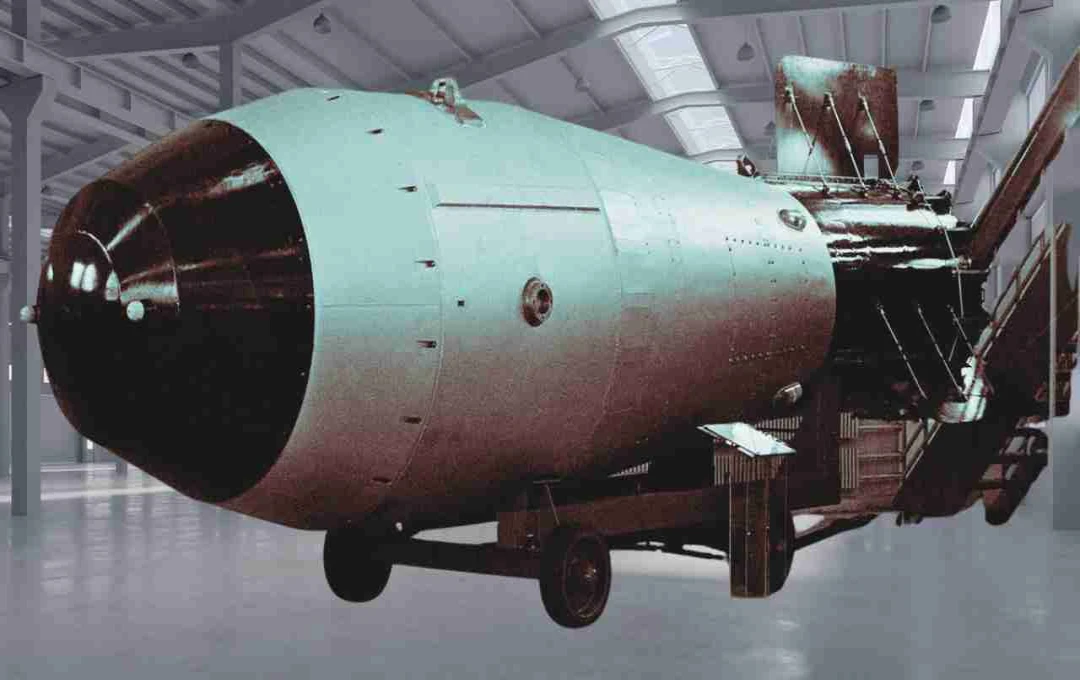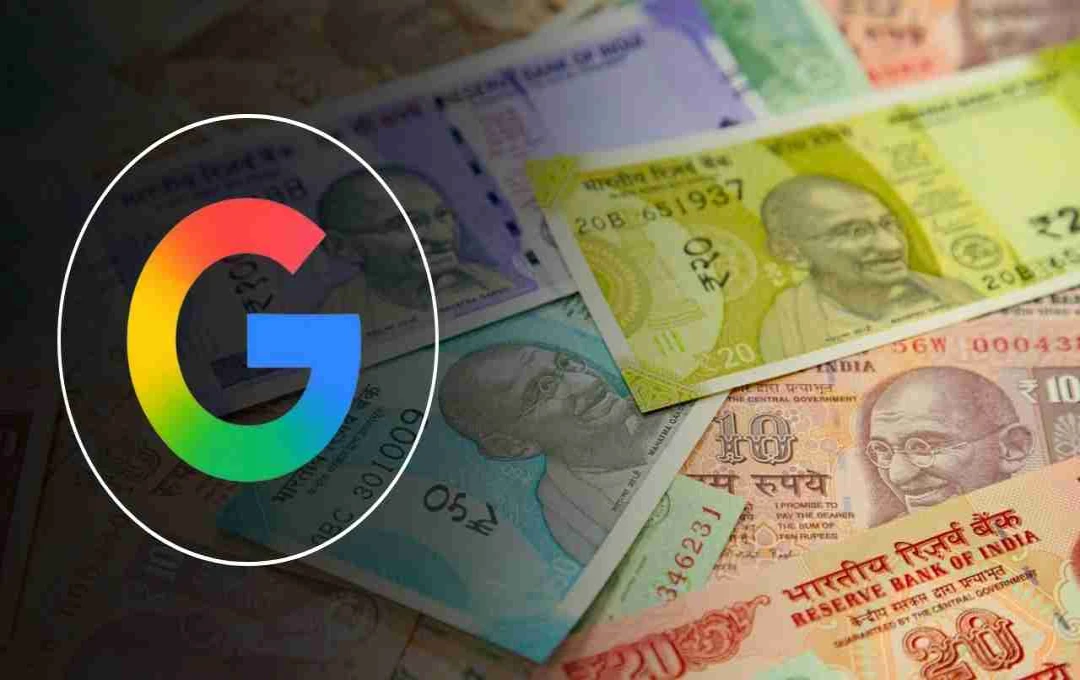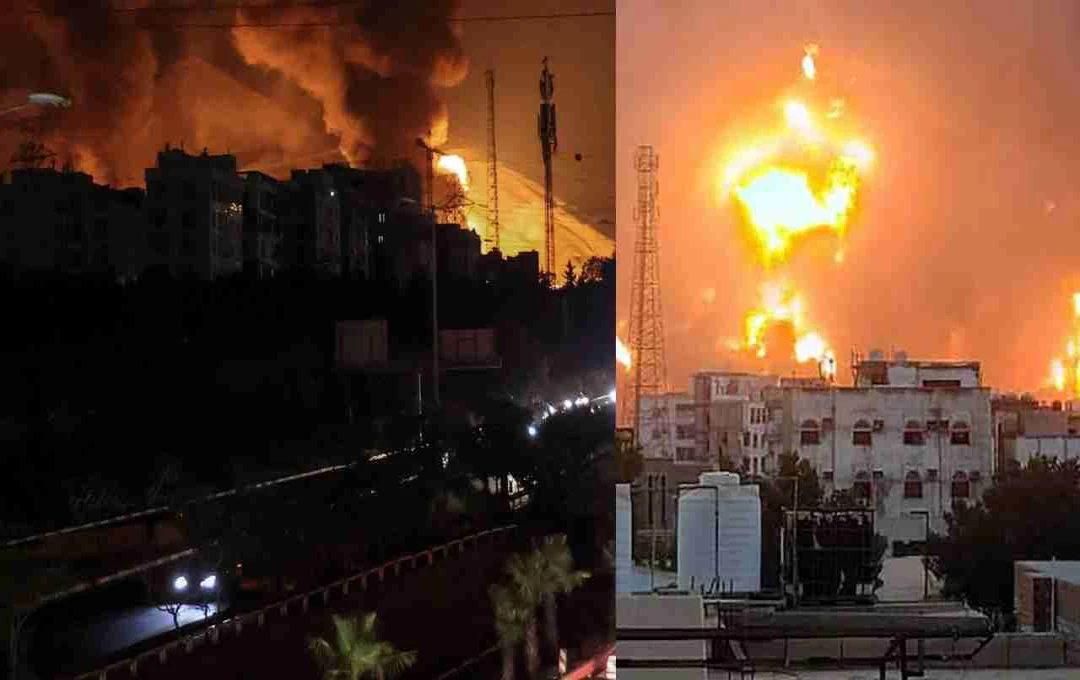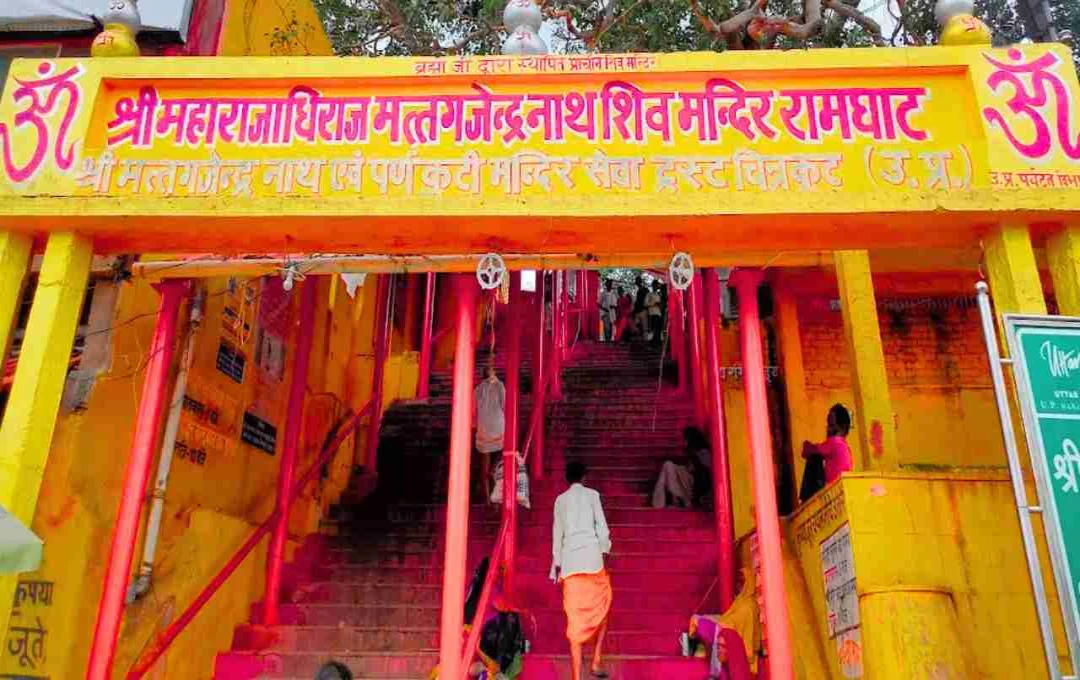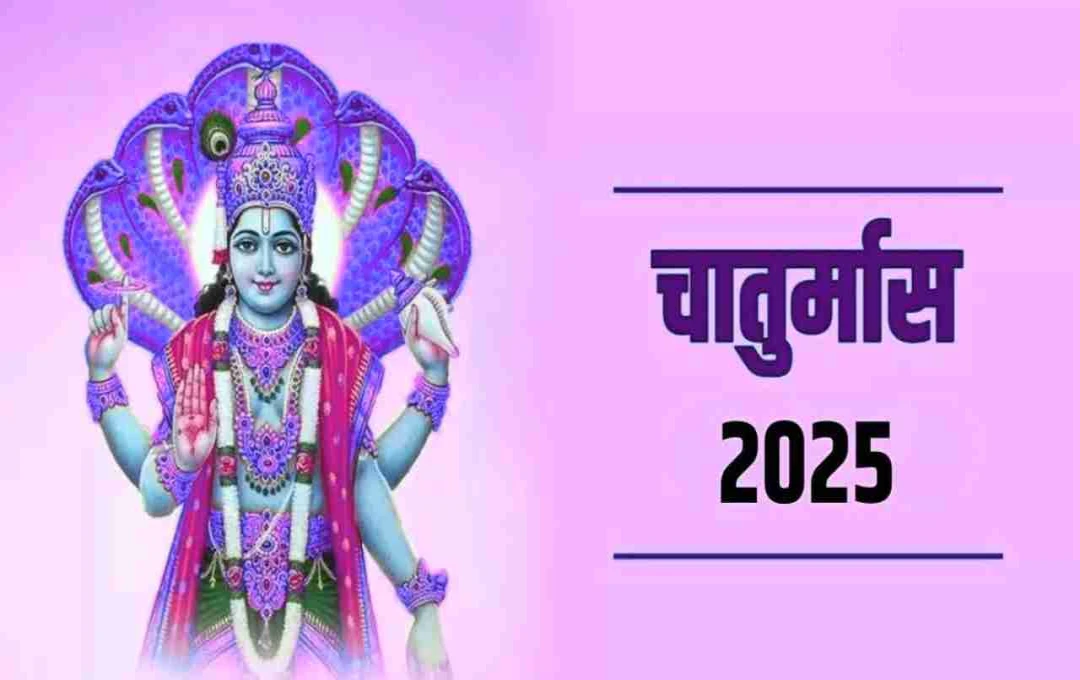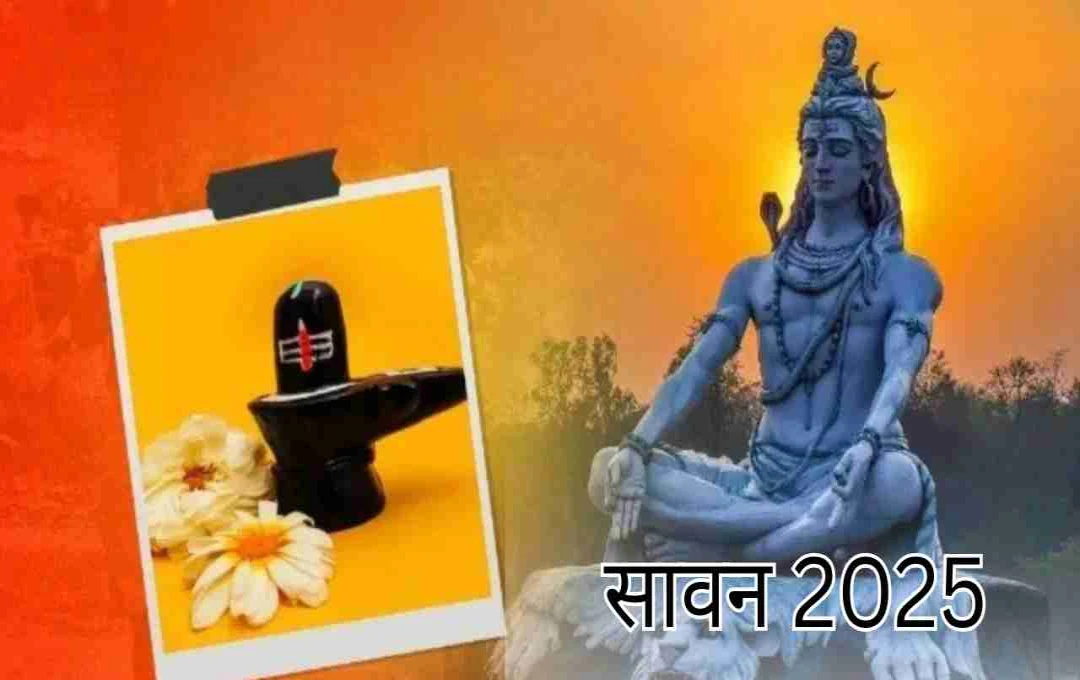The most powerful hydrogen bomb to date was created by the Soviet Union for testing in 1961. Its power was 3,300 times greater than the Hiroshima bomb. Its purpose was not military, but rather to demonstrate Soviet power to the world.
Tsar Bomba: When we talk about nuclear weapons, Hiroshima and Nagasaki are the first to be mentioned. But if there is a bomb that has dwarfed and weakened the bombs dropped on these two cities, it is the Tsar Bomba—the most powerful nuclear bomb in the world to date.
What is the Tsar Bomba?
Tsar Bomba (RDS-220) was a hydrogen bomb developed by the Soviet Union in 1961, during the tense period of the Cold War. It was called the "King of Bombs" or "Emperor of Bombs." This bomb was created as a demonstration and display of power to make the world aware of the Soviet Union's nuclear strength.
The Tsar Bomba weighed approximately 27 tons and was about 26 feet long. It was so carefully designed that special modifications were required to the TU-95 bomber aircraft to carry it.
Where and when was the test conducted?
It was tested on October 30, 1961, on the Novaya Zemlya archipelago in the Arctic Ocean. For the test, the bomb was detonated in the air at an altitude of 55 kilometers to minimize destruction on the ground. Despite this, its impact was so great that its effects were observed thousands of kilometers away.
How powerful was the Tsar Bomba?
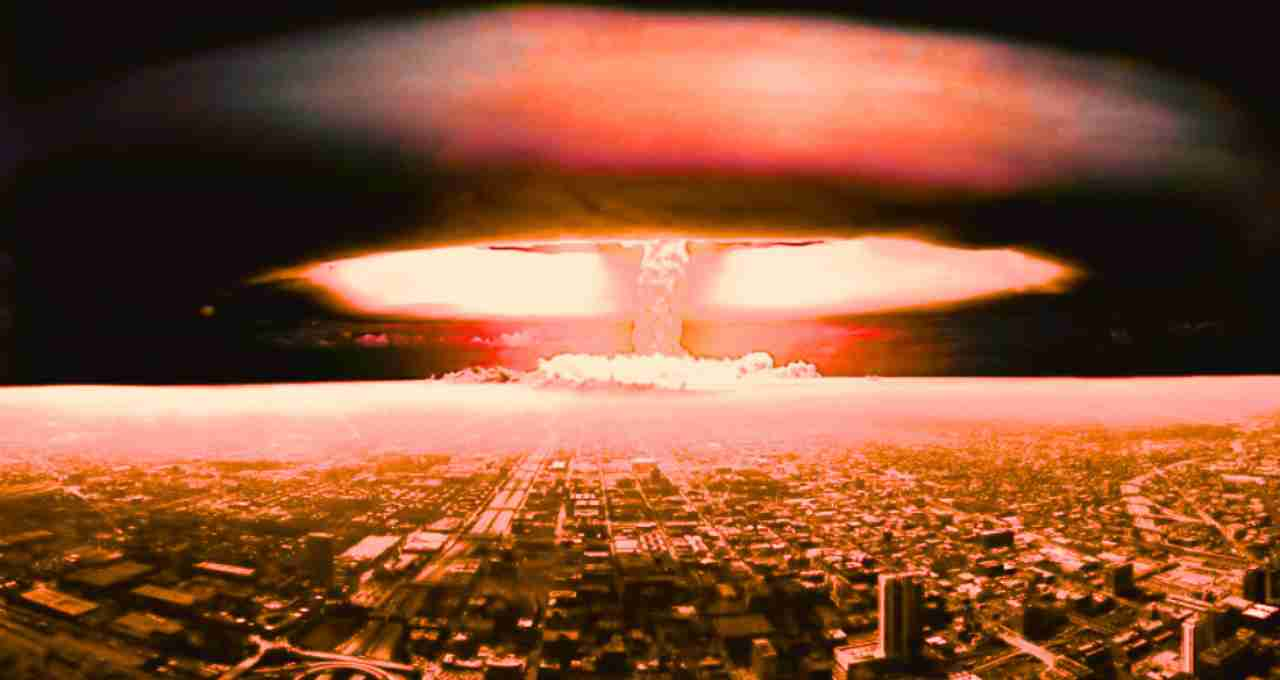
The Tsar Bomba's power was equivalent to 50 megatons of TNT. In comparison, the bomb dropped on Hiroshima was only 15 kilotons, meaning the Tsar Bomba was about 3,300 times more powerful.
Originally, this bomb was designed with a capacity of 100 megatons, but scientists halved it to reduce its radiation effects. Nevertheless, it was the largest and most terrible nuclear test in human history.
Some of the effects of the explosion were:
- Its impact was felt up to 1000 kilometers away.
- Windows of buildings shattered up to 900 kilometers away.
- The cloud reached a height of 60 kilometers.
- The flash of the explosion was seen up to 1000 kilometers away.
What technology was this bomb based on?
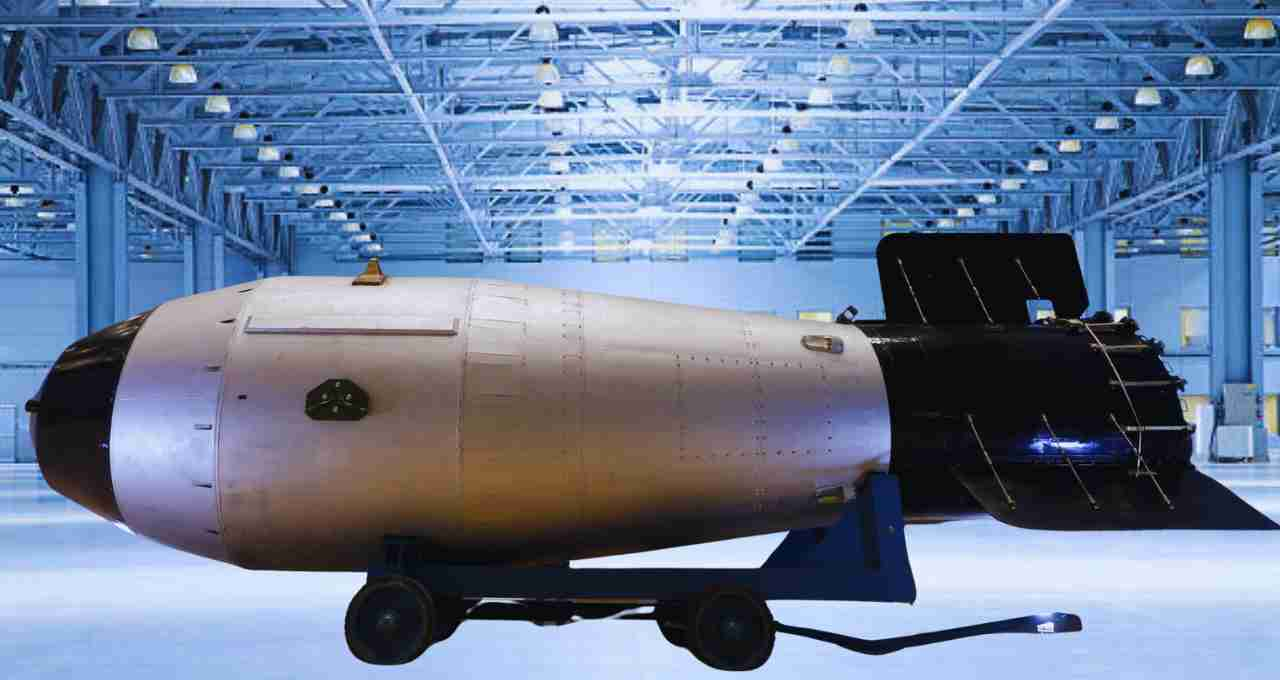
The Tsar Bomba was a thermonuclear weapon, also known as a hydrogen bomb. Its technology was extremely complex and divided into three stages:
- First stage (fission): In this, uranium or plutonium is fissioned to generate enormous energy. This is the same process used in ordinary atomic bombs.
- Second stage (fusion): The heat and pressure from the first stage initiate the fusion process in hydrogen isotopes like deuterium and tritium, releasing a massive amount of energy.
- Third stage: Fission is carried out again, but in the Tsar Bomba, lead was used instead of uranium to control this stage, to reduce radioactive effects.
The aim of this design was to produce maximum explosive energy, but it was also necessary to reduce its radioactive effects to avoid international criticism.
Why was the Tsar Bomba created?
The purpose of the Tsar Bomba was not military. It was created to send a political message—to show the United States and the rest of the world how destructive technology the Soviet Union possessed. In that era of the Cold War, this display of power had become the greatest need.
Could the Tsar Bomba be made again?
Today, there is no need to create such a large nuclear power because modern nuclear weapons have become smaller, more mobile, and smarter. Although it is technically possible to build a bomb like the Tsar Bomba again, taking such a step is almost impossible due to international nuclear treaties and environmental responsibility.
